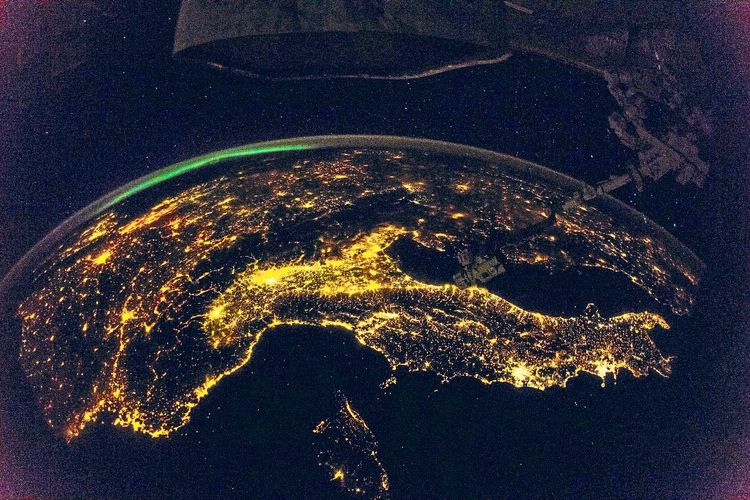Wishing upon a star would be great—only if they can be spotted in the night sky.
Stargazers hoping to spot stars in the sky now face a more difficult task ahead of them due to the increase of light pollution, a new study found.
Published by Science Magazine, the study found that artificial lights have dimmed the natural glow of stars, making them less visible for humans to spot with the naked eye.
The study compared the visibility of stars between 2011 and 2022, concluding that the night sky’s brightness increased by 9.6% on an annual basis. Researchers said the figure amounts to the doubling of the sky’s brightness per eight years.
Measuring the number of visible stars, researchers were able to reach the conclusion by looking at the increase of sky brightness, which they said ranges between seven to 10% on a yearly basis “in the human visible band.”
Illustrating the rather gloomy view, the study said that over the span of 18 years, the number of stars seen in a location would drop from 250 to 100.
“This increase is faster than emissions changes indicated by satellite observations. We ascribe this difference to spectral changes in light emission and to the average angle of light emissions,” the scientists warned.
The research pointed to the dramatic population growth and the development of new lighting technologies over the years as the reason behind the growing light pollution.
“The generation of skyglow and changes in its character are related to social, economic, and technological processes, and we therefore expect skyglow trends to differ within and across countries,” the study noted.
Separate research in 2016 found that Qatar was the world’s third-most light-polluted country in the world, with Kuwait ranked as the second after Singapore.
Research on light pollution has seemed to be a glimmer of hope as it provides scientists the ability to further look into its causes and impact.
The recent study also said awareness on the issue “has led some policy-makers to introduce measures that attempt to control light pollution.”







